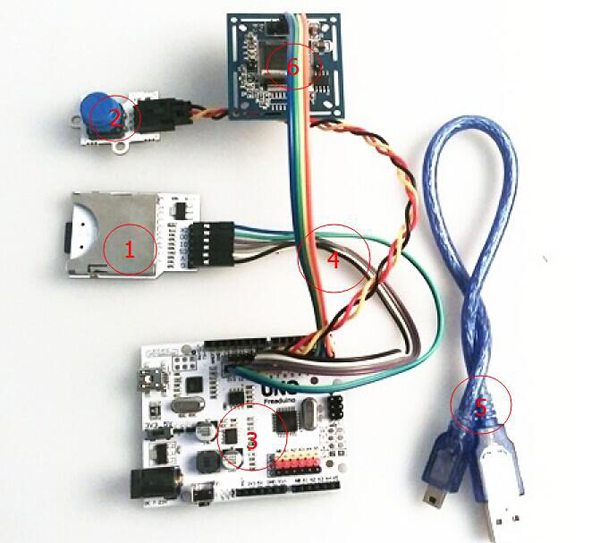

- Arduino camera code generator#
- Arduino camera code serial#
- Arduino camera code drivers#
- Arduino camera code series#
- Arduino camera code free#
There is also an example directory inside the ArduCAM library which illustrates mostįunction of the ArduCAM shields.
Arduino camera code drivers#
It contains supported image sensor drivers and user land API functions which issue capture or image data read commands. The ArduCAM library is the core library for ArduCAM shields. These two libraries should be copied right under the libraries of Arduino directory in order to be recognized by the Arduino IDE. The basic libraries are composed by two sub-libraries one is ArduCAM and the other is UTFT4ArduCAM_SPI. Note: ArduCAM library for ESP8266 is maintained in another repository ESP8266 using a json board manager script.
Arduino camera code series#
The camera breakout boards should work with ArduCAM shield before connecting to the Arduino boards.ĪrduCAM mini series camera modules like Mini-2MP, Mini-5MP(Plus) can be connected to Arduino boards directly. It's a video of me putting my arms at the top of my head, once at a time, then standing up.This is a opensource library for taking high resolution still images and short video clip on Arduino based platforms using ArduCAM's camera moduels.
Arduino camera code generator#
You can find the ASCII art generator code at the end of the page or on Github.
Arduino camera code serial#
print to Serial with a border of 2 characters, to distinguish one image from the nextĪs you can see, you need to create an AsciiArt object, map the image pixels in the range 0-255 and call the print() method: easy peasy! assumes readings are in the range 0-40 degreesīufferBytes = map(buffer, 0, 40, 0, 255)

we need to specify width and height of the image Using namespace Eloquent::ImageProcessing Once imported in your sketch, it is super easy to get it working.

Of course they will not be as accurate or representative as RGB images, but can give you an idea of what you're framing in realtime. This is the reason I thought about ASCII art: it is used to draw images in plain text, so you can view them directly in the serial monitor. It works, sure, but it's not the most convenient way to handle it. I did this in the past, and it meant creating a Python script reading the serial port every second and updating a plot. If you don't have an LCD, though, it is less practical to access your image. Here's a video from Adafruit that showcases even a 3D-printed case.

If you have one, it'll be the best, it's a really cute project to build. You will need an LCD if you want to create a standalone product. Well, that's not an easy task as one may hope. Now that you have this data, you may want to actually "view" it. You can find the camera code at the end of the page or on Github.
Arduino camera code free#
Read() populates the buffer you pass as argument with the temperature readings.įrom now on, you're free to handle that array as you may like: this is the most flexible way for the library to handle any use-case. What begin() does is to run all of the boilerplate code I mentioned earlier (checking the connection and initializing the parameters). If you skip the declaration lines, you only need a begin() and read() call. How many lines do you think you need to read a MLX90640 camera? Well, not that much in fact. MLX90640 eloquent libraryĪs you may know if you read my previous posts, I strongly believe in "eloquent" code, that is code that's as easy as possible to read. But for any serious application, spend 20$ more and buy an MLX90640. Sure, you can do interpolation: interpolation would give you the impression you have a better definition, but you're just "inventing" values you don't actually have.įor demo projects it could be enough. If you want to actually get something meaningful from the camera, the AMG8833 won't give you any good results. I can't imagine how low definition would be the AMG8833. The AMG8833 is 8x8 and the MLX90640 is 32x24.īut if you have to spend money, I strongly advise you to buy the MLX90640: I have one and it's not that accurate. Ever wanted to use your thermal camera with Arduino but found it difficult to go beyond the tutorials code? Let's see the easiest possible way to view your thermal camera streaming without an LCD display!įor Arduino there are essentially two thermal camera available: the AMG8833 and the MLX90640.


 0 kommentar(er)
0 kommentar(er)
